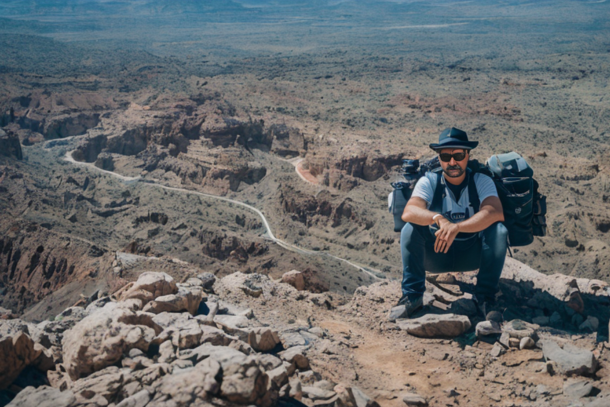The Yellowstone Supervolcano: A Sleeping Giant
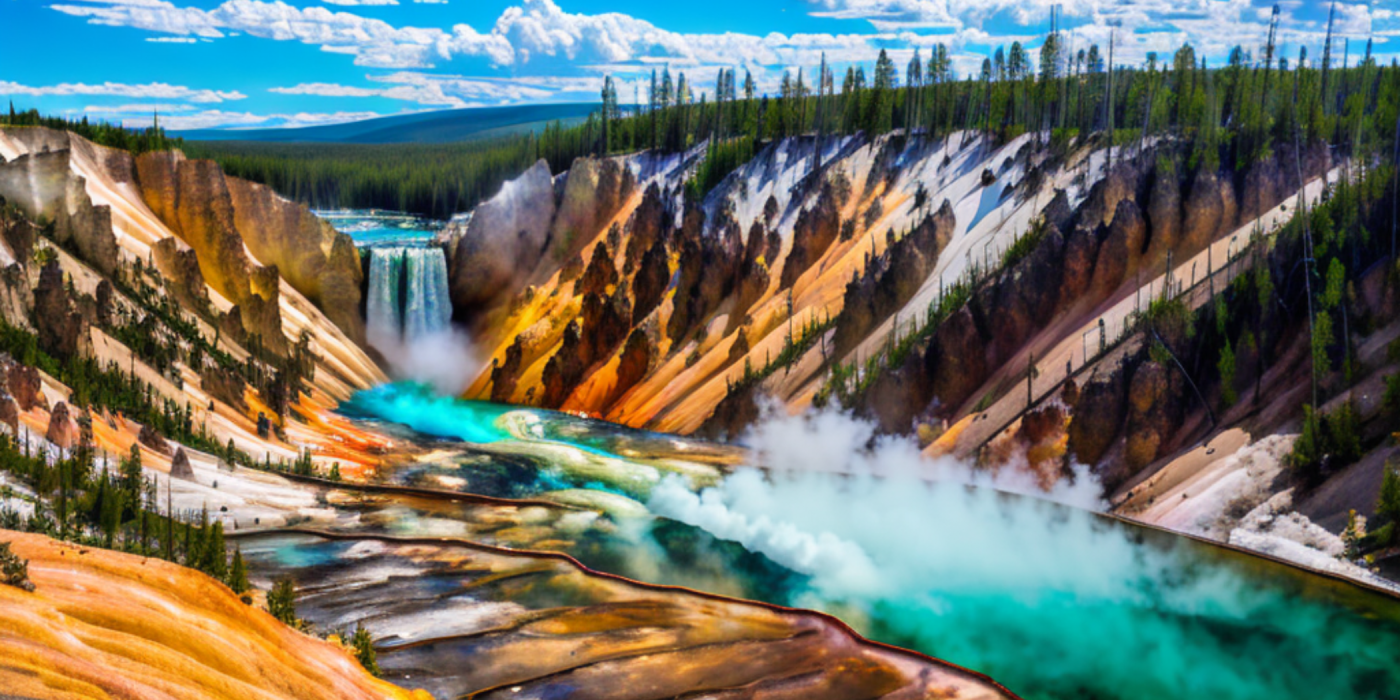
For many, the first thought that springs to mind when Yellowstone National Park is mentioned is its breathtaking landscapes, teeming wildlife, and the iconic geysers. Yet, beneath its surface lies a marvel even greater, waiting to be discovered.
The Beauty Above Ground
Yellowstone National Park, located primarily in the U.S. state of Wyoming, extends into Montana and Idaho, is renowned worldwide for its stunning natural beauty. Famed for its geothermal wonders, including the Old Faithful geyser, the park offers a myriad of sights and experiences that draw millions of visitors each year.
A Heritage of Natural Preservation
Being the world's first national park, Yellowstone sets a precedent for environmental conservation. The diverse ecosystems it houses, from vast forests to expansive lakes, exemplify the rich biodiversity that nature has to offer.
The Mystery Beneath
Yet, as captivating as the surface might be, there's an enigmatic secret buried deep beneath. This hidden titan, a supervolcano, has been the subject of intrigue and study for decades.
The Volcanic Sleeping Giant
The vast magma chamber, several kilometres below the Earth's crust, is responsible for the park's geothermal activity. Though it has been dormant for over 640,000 years, its sheer magnitude and potential power hold both wonder and caution for scientists and visitors alike.
Volcanic Mechanisms of Yellowstone
Yellowstone National Park is not just known for its geysers and picturesque landscapes; it is also home to a "supervolcano". This term might conjure up apocalyptic visions, but it's crucial to understand the underlying geological mechanisms that grant it this ominous title.
Origin of the 'Supervolcano' Title
A "supervolcano" is distinguished from a typical volcano primarily due to the colossal volume of magma it can eject. The designation is given to volcanic systems capable of producing eruptions that spew out over 1,000 cubic kilometres of materials. Yellowstone's past eruptions, especially the three super-eruptions occurring in the past 2.1 million years, confirm its supervolcano status.
Magma Reservoirs
Beneath the scenic beauty of Yellowstone lies a vast and complex plumbing system. This system comprises two primary magma chambers: the shallow chamber, which is roughly 5-15 km beneath the surface, and a much larger one positioned 20-50 km deep. These reservoirs, enriched with molten rock, are the driving force behind the park's geothermal activity and potential eruptions.
Geothermal Features
Yellowstone's geysers, hot springs, and other geothermal phenomena are direct outcomes of the intense heat from the magma chambers. As rainwater and snowmelt percolate down and meet the heated rocks, they rise back up, manifesting as the park's famed geothermal spectacles.
In essence, the vast magma chambers and the resulting geothermal activity are clear indicators of the park's "supervolcano" capabilities, making Yellowstone a unique and fascinating geological marvel.
Historical Eruptions
A delve into the tumultuous history of supervolcanoes and their colossal eruptions.
The Origin of Supervolcanoes
Supervolcanoes are not just an overnight phenomenon. They are the result of millions of years of geological processes, which culminate in explosive eruptions far more powerful than typical volcanic explosions. From the depths of the Earth's mantle, they bring forth molten rock, ash, and gases.
The First Recorded Eruption
It's challenging to pinpoint the exact moment when the first supervolcano erupted. Thanks to advanced dating techniques, scientists believe that the oldest known eruption dates back nearly 2.1 million years. The traces of this cataclysmic event can still be found in geological strata around the world.
Eruptions That Shaped History
Throughout human history, there have been several supervolcano eruptions, each leaving its mark on the environment and human civilisation. These eruptions have often caused significant climate changes, impacting agriculture and leading to widespread famine.
The Toba Catastrophe
Perhaps the most famous of these is the Toba eruption, which occurred approximately 74,000 years ago in what is now Indonesia. This eruption is believed to have created a global volcanic winter, drastically reducing the human population and affecting evolutionary paths.
Modern-Day Monitoring
Today, with the advancement in technology, scientists and geologists closely monitor supervolcano hotspots. By studying their patterns and behaviours, experts aim to predict future eruptions, ensuring the safety and preparedness of surrounding communities and the world at large.
Monitoring & Predictions
Volcanic activity, while awe-inspiring, presents significant risks to local communities and global air travel. Understanding and predicting these eruptions is vital for the safety of countless individuals and the environment. The UK has also played its part in the global efforts to monitor and predict volcanic activities.
Monitoring Techniques
Seismology
Seismic activity often precedes an eruption. The movement of magma underneath a volcano's surface causes small earthquakes. By tracking these seismic waves, scientists can estimate where magma is moving and whether it is likely to cause an eruption.
Gas Emissions
As magma rises, it releases gases, including sulphur dioxide. Monitoring the levels and types of gases emitted can give crucial insights into the potential for an eruption. Gas analysers and satellite imagery help in this effort.
Ground Deformation
Using tools like tiltmeters and GPS stations, scientists can detect even slight movements in the ground's shape around a volcano. An expanding volcanic edifice may indicate that magma is moving closer to the surface.
Predictions and Safety Measures
Predicting the exact time and magnitude of a volcanic eruption remains challenging. However, the data gathered from the aforementioned monitoring techniques help to determine the likelihood of an eruption. If signs point to an impending eruption, local authorities can take preventive measures.
Evacuation Plans
In high-risk areas, evacuation plans are in place to move residents to safety swiftly. Proper routes, shelters, and communication channels are established in advance.
Air Traffic Control
Ash clouds from eruptions can disrupt air travel. By predicting an eruption, air traffic can be rerouted to avoid these hazardous conditions.
In summary, while predictions are not always exact, consistent monitoring and preparedness play an essential role in mitigating the impacts of volcanic eruptions.
Conclusion
The Majesty of Nature's Force
Nature's dominion has consistently proven to be both magnificent and intimidating. This duality manifests in the unpredictable patterns of weather, the grandeur of towering mountains, and the deep, mysterious oceans. In the UK, one need only observe the erratic behaviour of the British weather – from blustery gales to sudden downpours – to gain a keen appreciation for nature's volatility.
The Ever-present Unpredictability
One of the most profound characteristics of nature is its inherent unpredictability. Despite our advances in technology and meteorology, we still find ourselves at the mercy of sudden changes in the environment. The unpredictability isn't just observed in the grand events, like tempests or hurricanes, but also in the smaller, everyday nuances: a seemingly sunny day quickly turning grey, or a calm sea suddenly becoming tempestuous. This unpredictability serves as a constant reminder of our position within the broader tapestry of the environment, and of nature's omnipotent control.
Embracing Nature's Lessons
From the British perspective, our relationship with nature is deeply woven into our cultural fabric. It has shaped our art, our literature, and our very psyche. This reflection isn't just a mere observation but a call to respect, preserve, and learn from nature. By acknowledging its power and unpredictability, we are more equipped to face challenges, both environmental and personal, with a sense of humility and reverence.
I do hope you have enjoyed this article and hope that you will subscribe to my newsletter so you can get the latest information about all things naturally relaxing.
Stay in touch, join the Naturally Relaxing Newsletter
Newsletter Signup
Post Your Comments
or post as a guest
Be the first to comment.
Latest articles in Nature

Exploring the UK’s Most Serene Coastal Trails
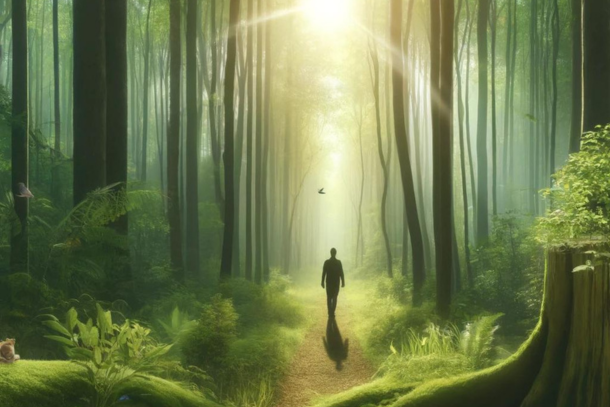
The Healing Power of Nature: Forest Bathing Explained

Sustainable Gardening: Tips for Growing Your Own Herbs
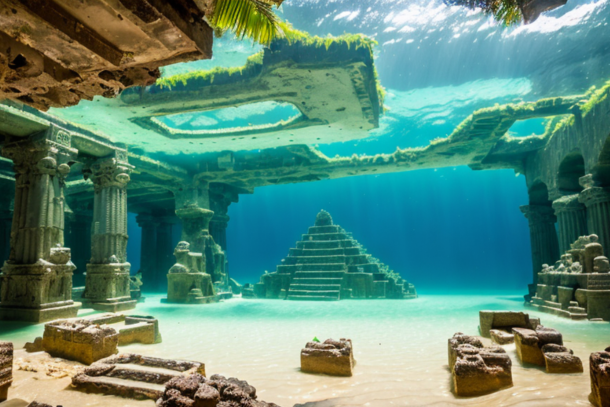
The Lost City of Atlantis: A Geological Mystery
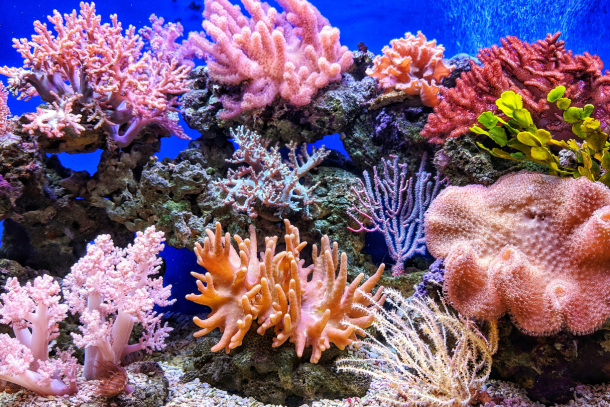
The Great Barrier Reef: A Geological Gem and Biodiversity Beacon
